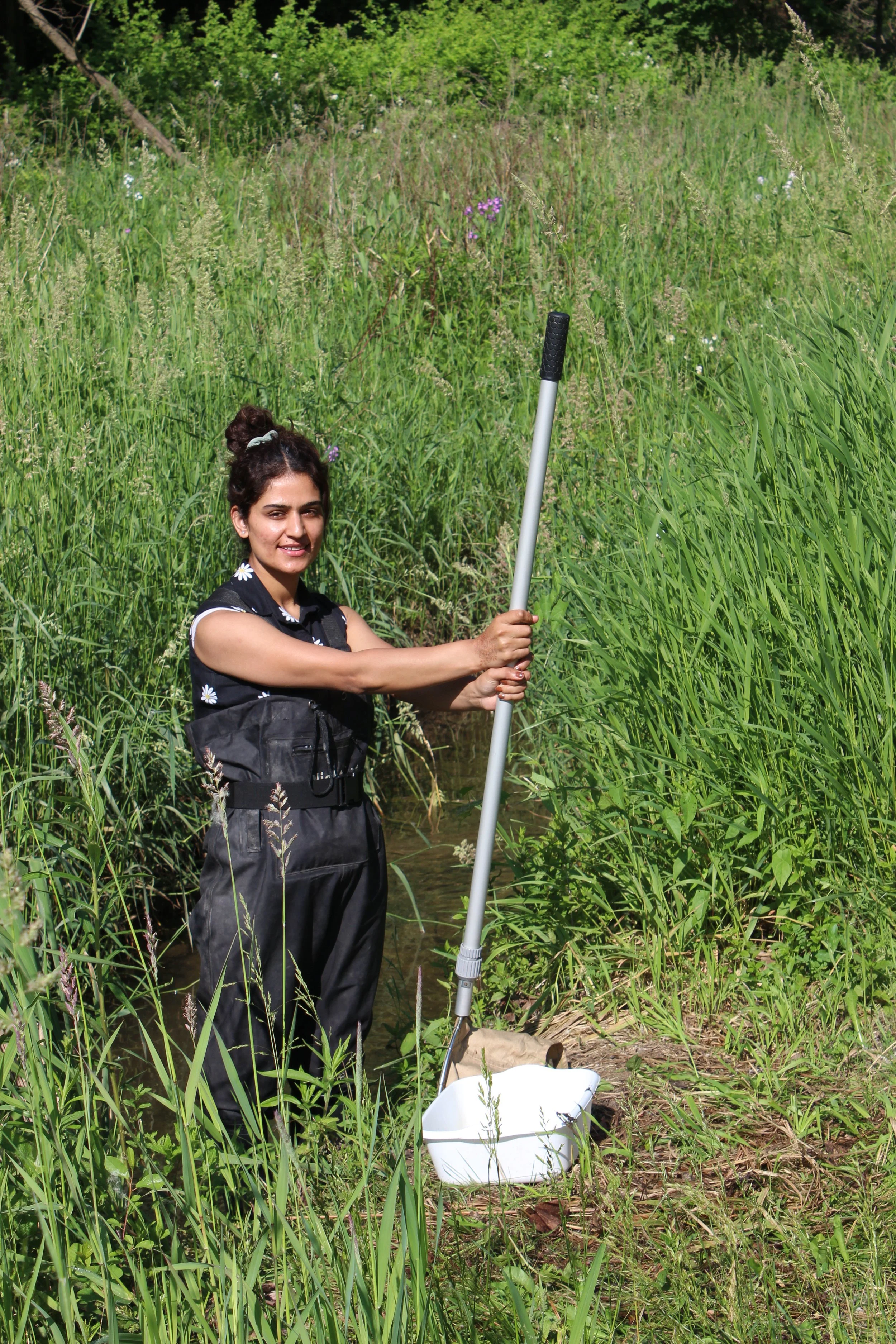Citizen Science: A Powerful Tool for Environmental Protection
As we face climate change challenges and decreased funding for environmental programs, the responsibility to protect our natural resources increasingly falls on the shoulders of everyday people and communities. This may mean making a few sacrifices, but these small trade-offs are necessary investments in our collective future. They increase the likelihood of a safe, thriving, and sustainable world for generations to come.
One promising avenue for public involvement is citizen science - a movement that empowers individuals to participate in the collection and analysis of scientific data, often in collaboration with professional scientists.
Far from being a new concept, citizen science has roots as far back as the 1800s. Wells Cooke, a member of the American Ornithologists’ Union, pioneered one of the earliest citizen-led bird migration monitoring programs. His efforts laid the groundwork for what would eventually become the North American Bird Phenology Program, later supported by the U.S. government.
Today, citizen science is more important than ever. With limited funding for conservation and environmental research, many government agencies and environmental organizations rely on these volunteer-driven initiatives to gather essential data without incurring significant costs. In the face of growing climate change, it is time to further expand and empower citizen science programs.
These programs foster strong, informed networks of volunteers who learn from, and collaborate with, scientists and local experts. Participants gain a deeper understanding of both their immediate surroundings and global environmental issues. One of the core strengths of citizen science lies in its ability to generate vast datasets through collective monitoring. This data plays a critical role in tracking environmental changes, identifying restoration hotspots, and designing more effective, targeted conservation efforts.
When it comes to data collection, many citizen science programs now include comprehensive training and utilize modern technologies like mobile apps and digital sensors that help volunteers collect accurate, high-quality information. Moreover, the rise of digital platforms allows this data to be easily shared and accessed by researchers, policymakers, and the public worldwide, increasing transparency and collaboration.
If you’re looking to contribute to environmental stewardship, consider joining a citizen science program through a local environmental organization. Those in southeast Michigan can get in touch with the Clinton River Watershed Council and volunteer for the Lake Erie Volunteer Science Network (LEVSN). As a LEVSN volunteer, you’ll monitor water quality in the Clinton River, contribute to meaningful scientific data collection, and connect with others who share a passion for protecting our most precious natural resources, including the Great Lakes.
Now more than ever, we need citizens to rise up and become stewards of the environment. Join the movement. Be the change.




